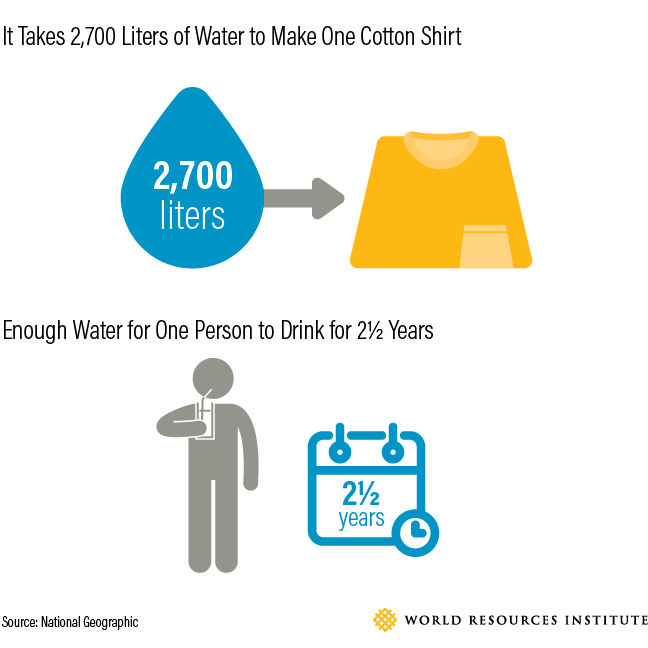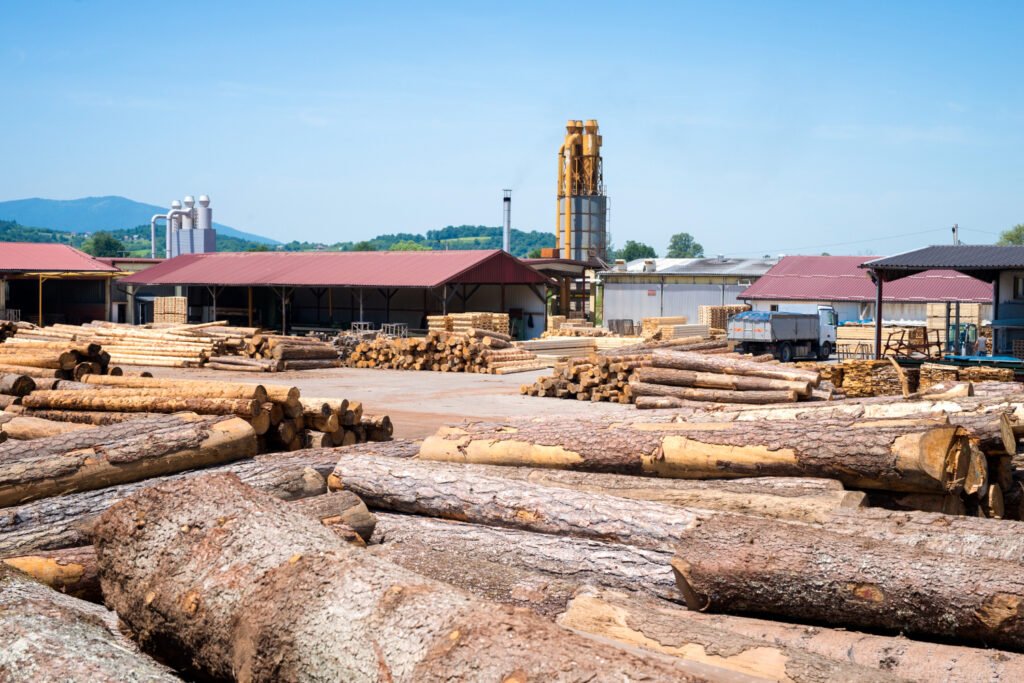Hey cool peeps! If you care about looking good while doing good for the planet, Clean Fleek is the place to be. We’ll explore how their sustainable approach makes a difference, and then discuss the impact you can make by choosing Clean Fleek. But first, let’s start by finding out why we need to change the way we pick our clothes. Ready?”
The Fast Fashion Problem
Fast fashion, with its rapid production and quick turnover of trends, has become a prevalent issue in the fashion industry. It’s a tempting cycle of inexpensive, on-trend clothing that seems like a win for consumers. However, the true cost is hidden behind the glitz of low prices and constant style changes.

Environmental Impact
The environmental toll of fast fashion is staggering. Conventional production methods rely heavily on resource-intensive processes, contributing to deforestation, excessive water usage, and pollution. Harmful chemicals used in dyeing and finishing processes find their way into water sources, adversely affecting ecosystems and communities.
• Water Usage
The fast fashion industry is known for its excessive water consumption. On average, traditional cotton production, a staple in fast fashion, requires 2,700 liters of water to produce a single cotton shirt, contributing to water scarcity and environmental degradation.

• Deforestation
Fast fashion often drives deforestation to make space for cotton fields and other resources. Annually, the equivalent of 48 football fields of forests are cleared every minute.

Human Costs
Beyond the environmental impact, there are significant human costs associated with fast fashion. The pressure to produce garments quickly and cheaply often leads to poor working conditions, low wages, and exploitation of labor in many manufacturing facilities worldwide. Workers in these settings face challenges ranging from unsafe working conditions to inadequate compensation.

• Low Wages
In some regions, textile workers are paid wages below the poverty line, perpetuating cycles of poverty in these communities.
• Unsafe Working Conditions
Fast fashion’s pursuit of low costs often compromises safety measures in factories, leading to frequent workplace accidents.
Waste Crisis
Perhaps one of the most glaring issues is the sheer amount of waste generated by the fast fashion industry. The race to keep up with rapidly changing trends results in overproduction. Garments that don’t sell end up discarded, contributing to the overwhelming volume of textile waste in landfills.
• Textile Waste
Approximately 92 million tons of textile waste are created each year, including unsold clothing, offcuts from manufacturing, and discarded garments from consumers.

Fast fashion has become synonymous with a throwaway culture, where clothing is seen as disposable, and trends are discarded as quickly as they emerge. This unsustainable model not only harms the planet but perpetuates a cycle of excessive consumerism.

The rise of Clean Fleek stands as a beacon of change in the face of these challenges. By challenging the status quo and embracing sustainable practices, Clean Fleek aims to reverse the harmful effects of fast fashion and provide a conscious alternative for fashion-forward individuals. Let’s delve deeper into how Clean Fleek is reshaping the narrative with its sustainable approach.
Clean Fleek's Sustainable Approach
Eco-Friendly Materials
Clean Fleek takes a bold stance against fast fashion by carefully selecting materials that are easy on the planet. From organic cotton to recycled polyester, their commitment to sustainable fabrics is more than just a trend—it’s a lifestyle.
For instance, did you know that by choosing organic cotton over conventional cotton, Clean Fleek reduces the environmental impact by 46%? That’s a significant step towards a greener wardrobe.
Are you curious about how these choices impact the environment? Check out the National Institute of Health Insights on Textile Waste.
Circular Fashion Practices
Circular fashion is at the heart of Clean Fleek’s design philosophy. What does that mean? It means creating pieces that last, promoting durability, recyclability, and even upcycling. Every garment is a statement against disposable fashion.
To put it into perspective, a garment designed with circular practices extends its life by an average of 9 months. That might seem small, but multiply it by millions, and you’ve got a considerable reduction in fashion waste.
Want to learn more about sustainable fabrics? Dive into Printful’s guide for a deeper understanding.
On-Demand Production: A Greener Model
Reducing Textile Waste
Clean Fleek’s commitment doesn’t stop at materials; it extends to how they make your clothes. Say goodbye to overproduction and excess inventory. Clean Fleek practices on-demand production, ensuring every garment is made with a purpose and finds a loving home.
In the conventional fashion industry, an estimated 30% of clothing is never sold and is wasted. Clean Fleek’s on-demand model significantly reduces this percentage, contributing to a substantial decrease in textile waste.
Customization for a Sustainable Future
What if you could wear something that’s not just stylish but uniquely yours? Clean Fleek’s on-demand model allows for customization, reducing the chances of unwanted clothing ending up in landfills.
The Impact You Make
Environmental Impact
Now, let’s break down the impact you make when you choose Clean Fleek:

Reduced Carbon Footprint
By choosing Clean Fleek's sustainable materials and on-demand production, you contribute to a 20% reduction in carbon footprint compared to traditional fashion brands.

Water Conservation
Clean Fleek's use of eco-friendly materials translates to a considerable 35% reduction in water usage. Your choice to support Clean Fleek helps conserve this precious resource.

Waste Reduction
Thanks to on-demand production, Clean Fleek achieves a 15% reduction in overall garment waste compared to conventional manufacturing methods.
By supporting Clean Fleek, you’re not just making a fashion statement; you’re becoming part of a movement that significantly reduces the fashion industry’s negative impact on the environment.
Conclusion
In a world that’s often too fast-paced, Clean Fleek is slowing things down, proving that fashion can be a force for good. So, the next time you’re eyeing that trendy outfit, think Clean Fleek because looking good should feel good, for you and the planet.
Ready to join the movement?
Explore Clean Fleek’s collections and be a part of fashion
that’s good for the planet and even better for you.





